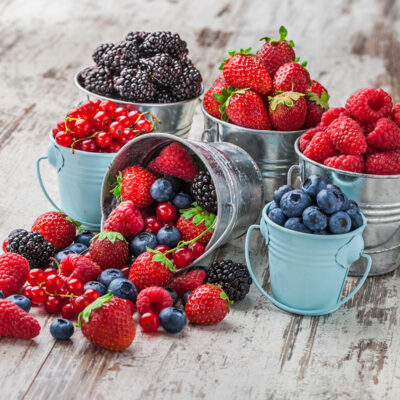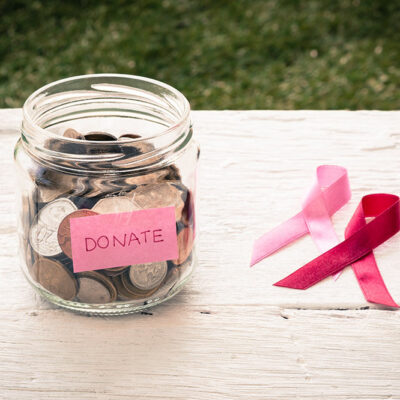
3 ways to manage a urinary tract infection
Urinary tract infections (UTIs) are characterized by burning sensations, abdominal pain, and cloudy urine. These infections are significantly more common in women than in men and can affect any part of one’s urinary tract including the kidneys, bladder, and even the urethra. If left untreated, UTIs should not be left untreated as they can lead to severe pain and other serious complications. Read on to know about the ways to keep UTIs in check: Get the right treatment FETROJA® (cefiderocol), is a cephalosporin antibacterial treatment option used to tackle complicated urinary tract infections (cUTIs). These include pyelonephritis caused due to susceptible Gram-negative microorganisms. This treatment is prescribed to individuals over 18 years of age. It is often a last resort for those who have limited or no alternative treatment options. Common side effects of FETROJA® include diarrhea, injection site reaction, headaches, nausea, and vomiting. Individuals may also experience constipation, rash, cough, and low blood potassium levels. FETROJA® can interact with other ongoing treatments, so it is best to consult a doctor before going for this treatment option. Eat the right foods Foods can go a long way in managing UTIs. Berries such as cranberries, blueberries, and raspberries can help fight UTIs.
Read Article 









